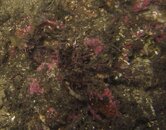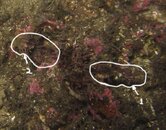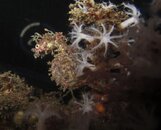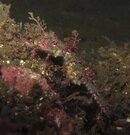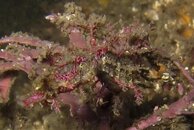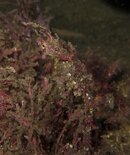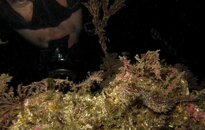You are using an out of date browser. It may not display this or other websites correctly.
You should upgrade or use an alternative browser.
You should upgrade or use an alternative browser.
Sea Horses
- Thread starter Ron Quido
- Start date
Please register or login
Welcome to ScubaBoard, the world's largest scuba diving community. Registration is not required to read the forums, but we encourage you to join. Joining has its benefits and enables you to participate in the discussions.
Benefits of registering include
- Ability to post and comment on topics and discussions.
- A Free photo gallery to share your dive photos with the world.
- You can make this box go away
You need a seahorse? Show up at Caleta early with a case of Kloster. Walk around with it and your DM and find someone who knows where there are that day. Go find them, then return and deliver the Kloster.
Easy Peasy.....
Easy Peasy.....
Pelagicsal
Dedicated Dive Bum
- Messages
- 4,470
- Reaction score
- 766
- # of dives
- 2500 - 4999
How can one distinguish them from babies? I have seen a handful this size and always thought they were youngsters.Dwarf seahorse (Hippocampus zosterae) with my finger for scale. In twenty-five years of diving in Cozumel, we've only seen two of this species; either rare or hard to find.

How can one distinguish them from babies? I have seen a handful this size and always thought they were youngsters.
They have a deeper voice and tiny mustaches.
jlyle
Contributor
- Messages
- 2,245
- Reaction score
- 1,200
- Location
- Palos Verdes Peninsula, California
- # of dives
- 2500 - 4999
They have a deeper voice and tiny mustaches.
LOL
According to Paul Humann:
Dwarf seahorse - Vary from pale green to tan to nearly black with dark submarginal band on dorsal fin. May have pale markings encircling area of skeletal rings and small pale spots and blotches.
Longsnout seahorse - Usually have small black spots over head and body. Vary greatly from yellow to reddish orange, brown or even black, may be two toned. Dusky to dark dorsal fin with yellow to pale outer margin and 16-19 rays.

Similar threads
- Replies
- 2
- Views
- 234
Trip Report
COZUMEL - AUGUST 2022 - YEAR OF THE (SEA)HORSE
- Replies
- 13
- Views
- 1,322




